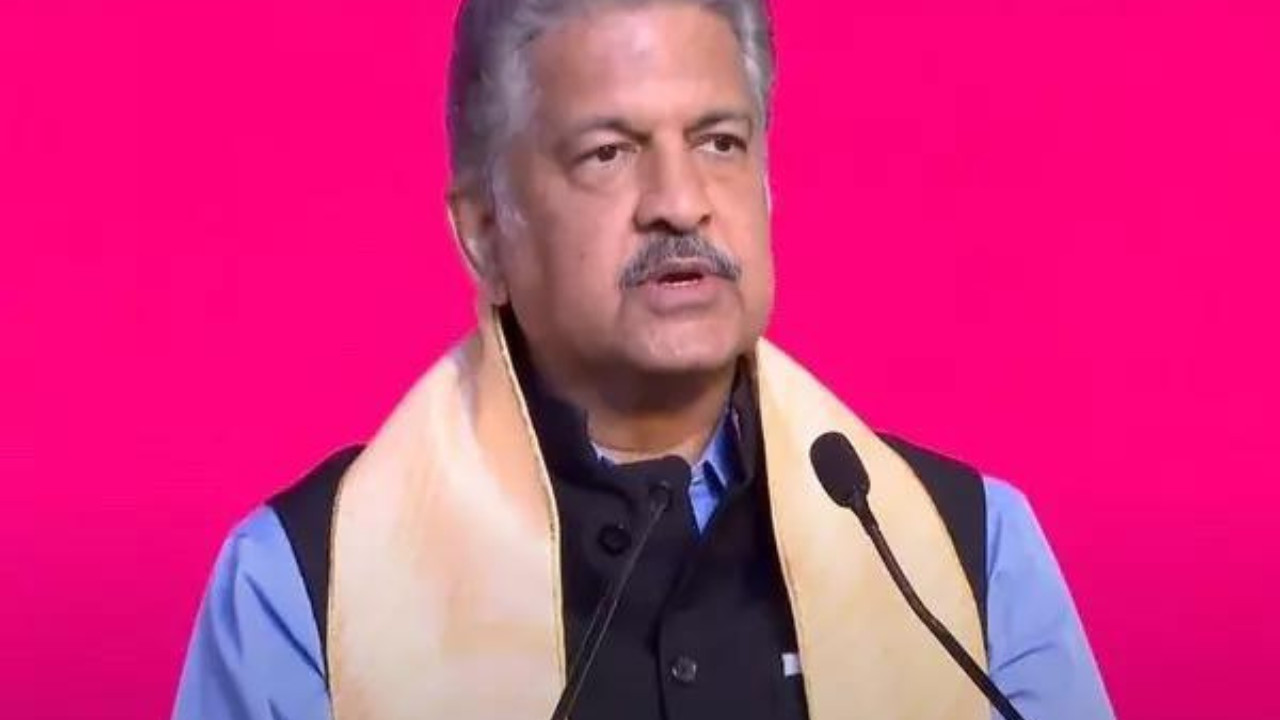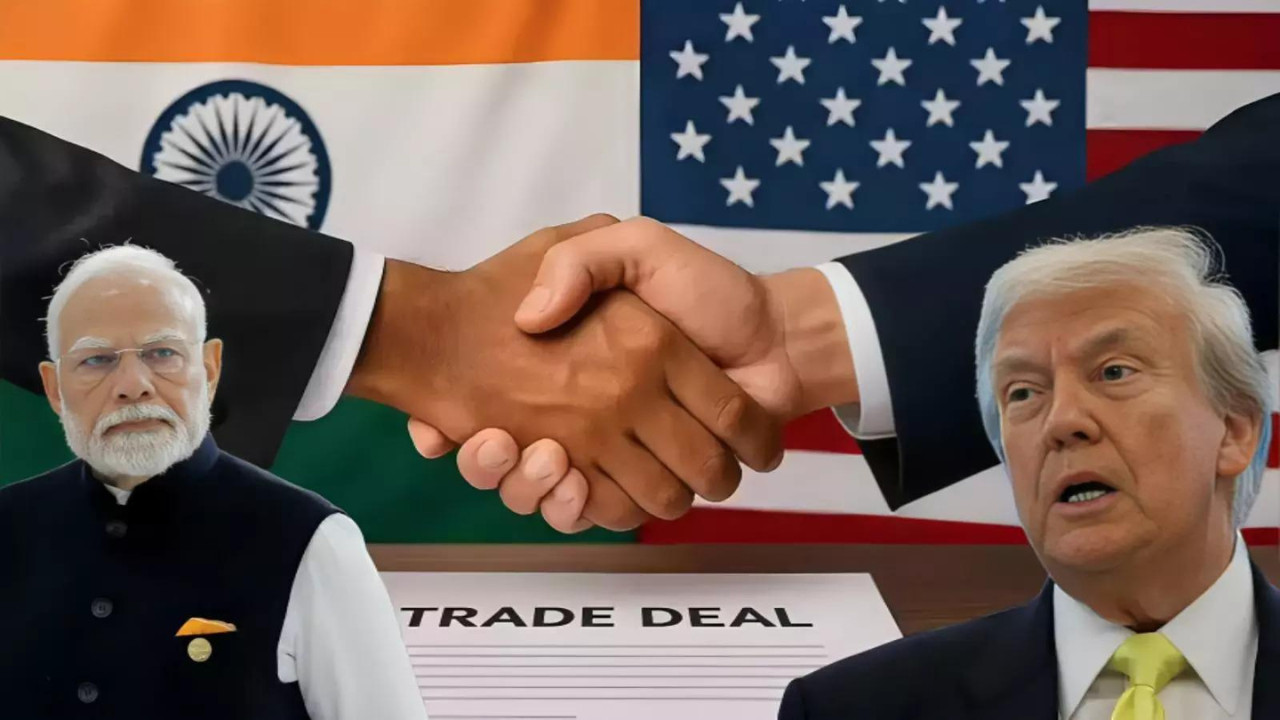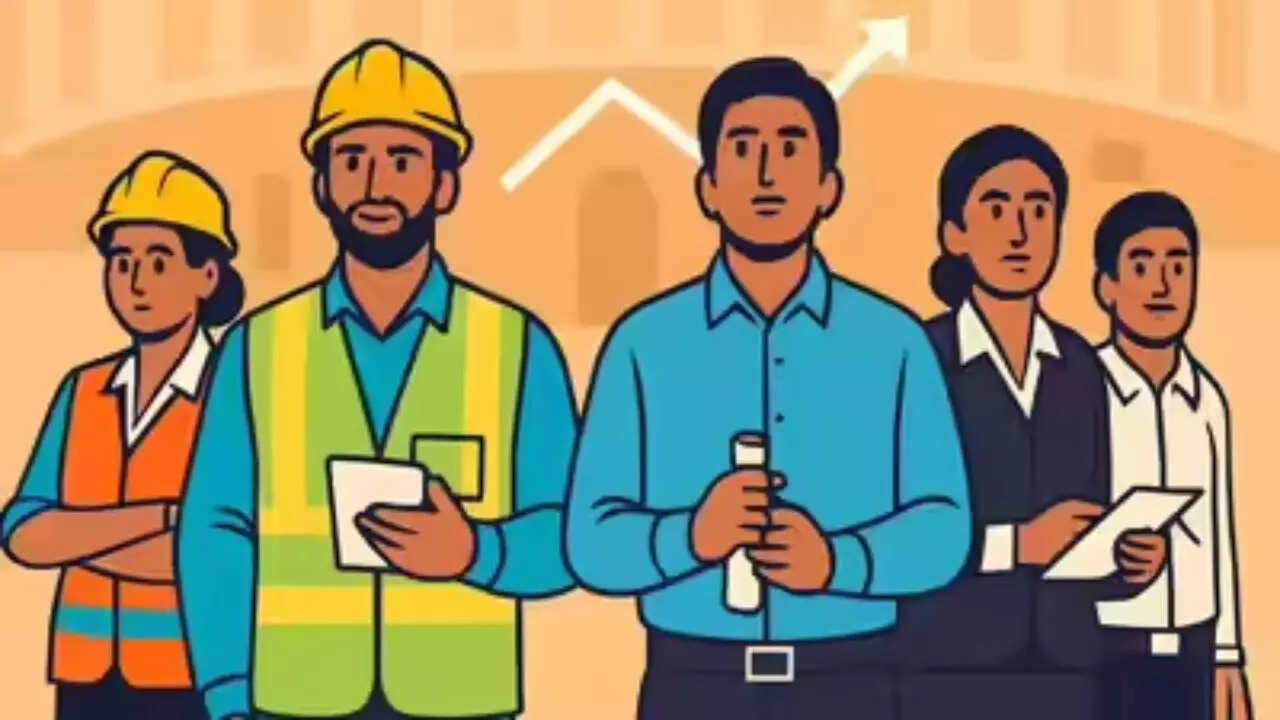Anand Mahindra believes US tariffs will inadvertently foster new growth opportunities. He suggests India should seize this moment by implementing reforms akin to those of 1991. Mahindra proposes streamlining investment clearances through a single-window system and boosting tourism to attract foreign exchange by improving visa processes and developing secure tourism corridors.
Turning Tides: How Crisis Can Spark Real Economic Reform
Anand Mahindra, chairman of the Mahindra Group, recently shared a powerful perspective: don’t waste a good crisis. It’s a sentiment that resonates deeply in today’s rapidly evolving global landscape. He argues that periods of upheaval, while undeniably challenging, present a unique opportunity to fundamentally reassess and reshape economic policies for the better. But how do you actually do that?
Mahindra’s comments, delivered at an event in Mumbai, suggest a proactive, almost opportunistic approach to navigating economic storms. Instead of simply weathering the tempest, he proposes harnessing the disruptive energy to propel necessary changes that might otherwise face inertia or resistance. The current global environment, with its complexities and uncertainties, demands this kind of innovative thinking.
India’s Reform Journey: Lessons from the Past
The story of India’s economic reforms is one of incremental progress often punctuated by significant leaps forward during times of crisis. The 1991 balance of payments crisis, for example, served as a critical catalyst for liberalization, opening up the Indian economy to global markets and setting the stage for decades of growth. Are we at a similar inflection point now?
Mahindra emphasized the importance of learning from past experiences. He believes we can’t afford to simply revert to the status quo once the immediate crisis subsides. The real opportunity lies in identifying systemic weaknesses exposed by the crisis and implementing structural reforms that build resilience and foster sustainable growth in the long run. This requires a clear vision, decisive action, and a willingness to challenge conventional wisdom.

Identifying Key Areas for Economic Reforms
So, where should the focus be? Mahindra hasn’t explicitly detailed specific reform proposals, but his emphasis on learning from past experiences suggests a broad approach. Potential areas for consideration could include:
* Streamlining Regulations: Simplifying bureaucratic processes and reducing red tape can significantly ease the burden on businesses, particularly small and medium-sized enterprises (SMEs), fostering entrepreneurship and innovation.
* Investing in Infrastructure: Robust infrastructure is essential for sustained economic growth. Targeted investments in transportation, energy, and communication networks can improve connectivity, reduce costs, and enhance productivity. You can read more about government infrastructure initiatives here.
* Enhancing Education and Skills: A skilled workforce is a critical asset in today’s knowledge-based economy. Investing in education and vocational training programs can equip individuals with the skills they need to succeed in a rapidly changing job market.
* Promoting Financial Inclusion: Ensuring access to financial services for all segments of society is essential for inclusive growth. This includes expanding access to credit, savings, and insurance products, particularly for underserved populations.
* Boosting Agricultural Productivity: Agriculture remains a vital sector of the Indian economy. Investing in agricultural research, irrigation, and technology can enhance productivity, improve farmer incomes, and ensure food security.
Seizing the Moment: A Call to Action
Mahindra’s message is ultimately a call to action. He encourages policymakers, business leaders, and citizens alike to embrace the opportunity presented by the current crisis and work together to build a more resilient and prosperous future. This requires a shift in mindset, a willingness to experiment, and a commitment to continuous improvement.
The path to lasting economic reform is never easy. It requires courage, vision, and a steadfast commitment to the long-term well-being of society. But as Mahindra aptly points out, crises can be powerful catalysts for change. The key is to seize the moment, learn from the past, and embrace the opportunity to build a better future for all. The question now becomes, how will we leverage this opportunity?







